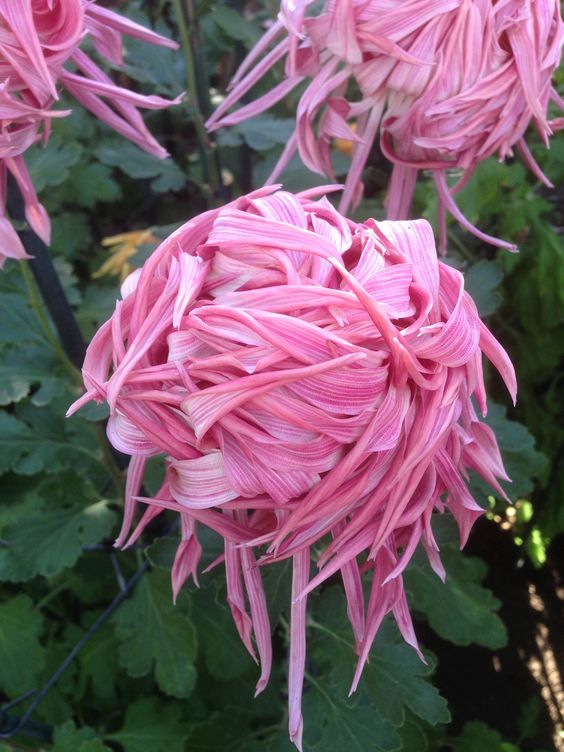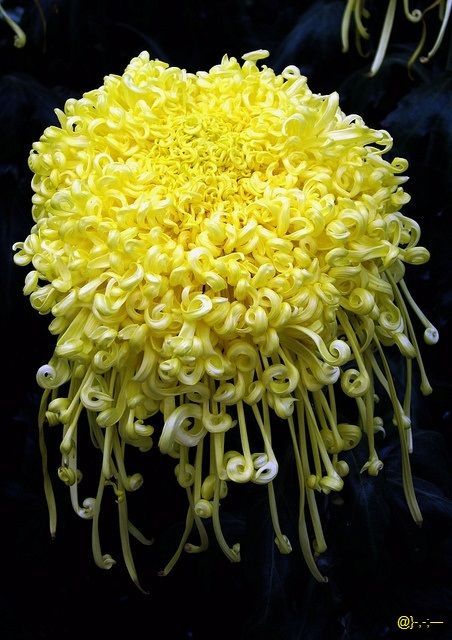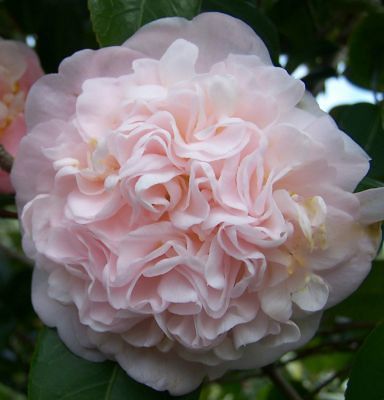The chrysanthemum, with its alluring twisted petals, stands as a symbol of elegance, longevity, and nobility. This remarkable flower has captivated hearts across cultures and time, enchanting people with its beauty and unique characteristics.

Originating from China, the chrysanthemum (Chrysanthemum indicum) has a rich history that dates back over 2,500 years. Revered by ancient Chinese emperors, it soon spread to Japan, where it became the national flower and symbolized the country’s imperial family. Over time, the chrysanthemum made its way to Europe and the rest of the world, captivating admirers with its distinctive charm.

The most striking feature of the chrysanthemum is its twisted petals. Unlike the symmetrical petals of many other flowers, the chrysanthemum’s florets wrap and twist around their centers, creating a mesmerizing effect that draws the eye. These petals come in a wide array of colors, ranging from pristine white and gentle pastels to vibrant reds, yellows, and oranges, offering an extensive palette to please every discerning eye.

Culturally, the chrysanthemum has taken on various meanings. In Japan, it represents the idea of perfection and loyalty and is a common motif in traditional art, clothing, and even the imperial crest. In some Asian cultures, the chrysanthemum’s medicinal properties have led to its incorporation into herbal remedies and teas.

Beyond its cultural significance, the chrysanthemum also plays a prominent role in various celebrations and events. In many countries, the flower is associated with autumn, making it a popular choice for fall festivals and decorations. In the West, it is often used to honor loved ones and is a common flower for All Saints’ Day or Dia de los Muertos celebrations.

Gardening enthusiasts also value the chrysanthemum for its versatility. With over 40 species and thousands of cultivated varieties, there is a chrysanthemum suitable for every garden style. From daisy-like varieties to decorative pompoms and spidery blooms, these flowers offer a vast array of shapes and sizes.
To cultivate the twisted-petal chrysanthemum, gardeners must provide ample sunlight, well-draining soil, and adequate moisture. Pruning is essential to encourage bushy growth and enhance the number of flowers. Moreover, chrysanthemums can be propagated through division or cuttings, making them an accessible choice for avid gardeners.
In conclusion, the chrysanthemum with its twisted petals is a breathtaking flower with a storied past and a bright future. Its captivating beauty, cultural significance, and adaptability make it a cherished flower in gardens, art, and traditions worldwide. Whether used to convey messages of loyalty, celebrate autumnal beauty, or grace gardens with their charm, the enchanting twisted-petal chrysanthemum continues to be a beloved flower cherished by all.





